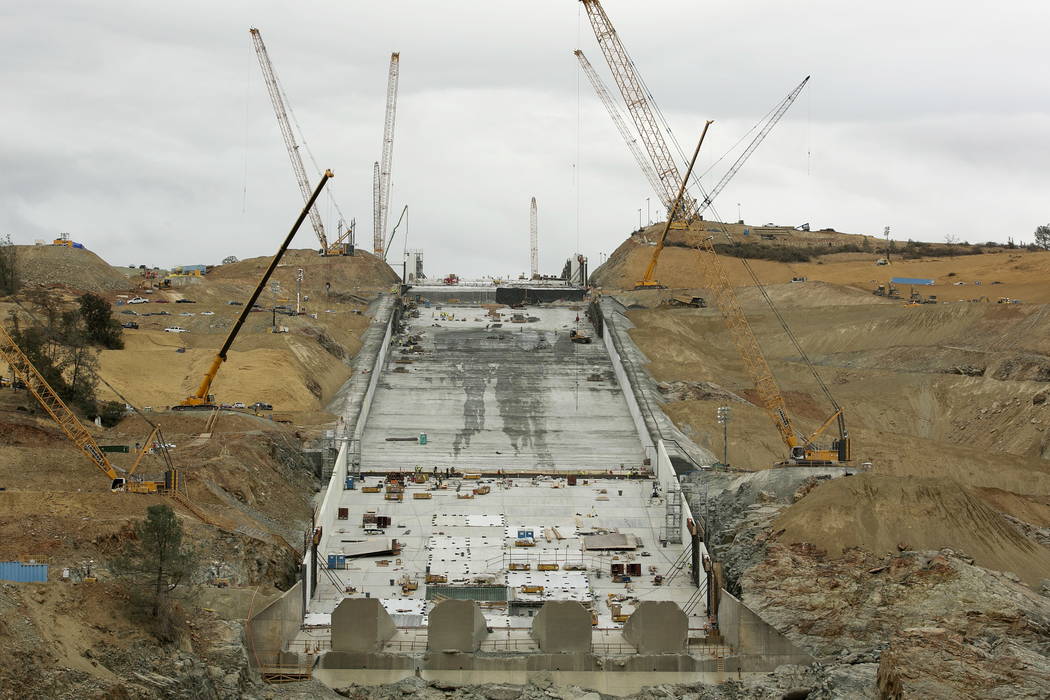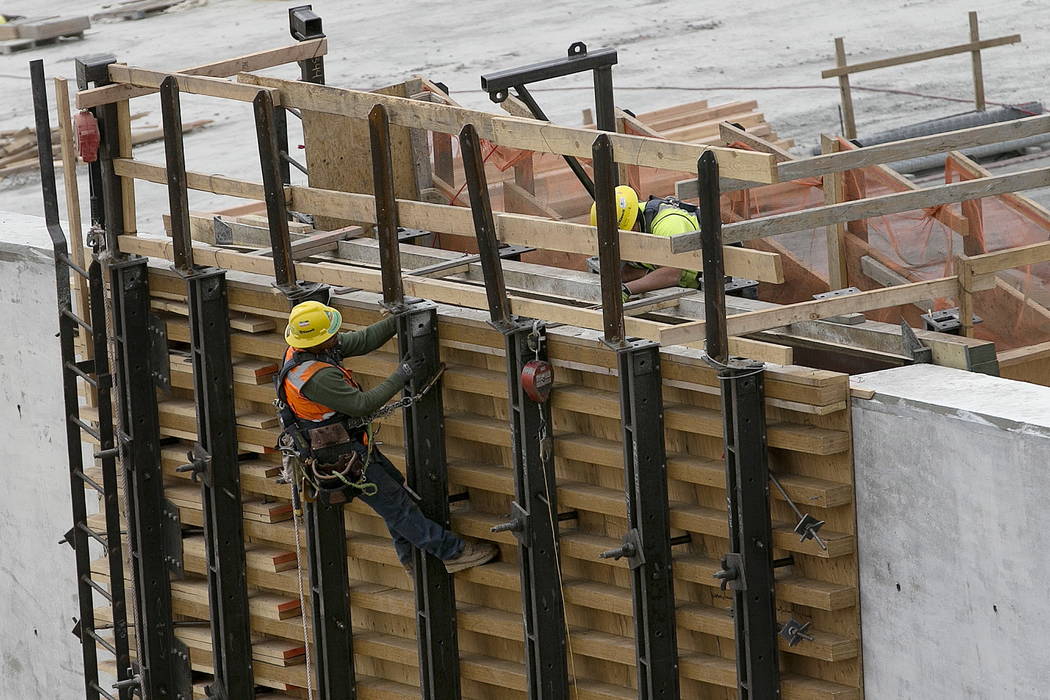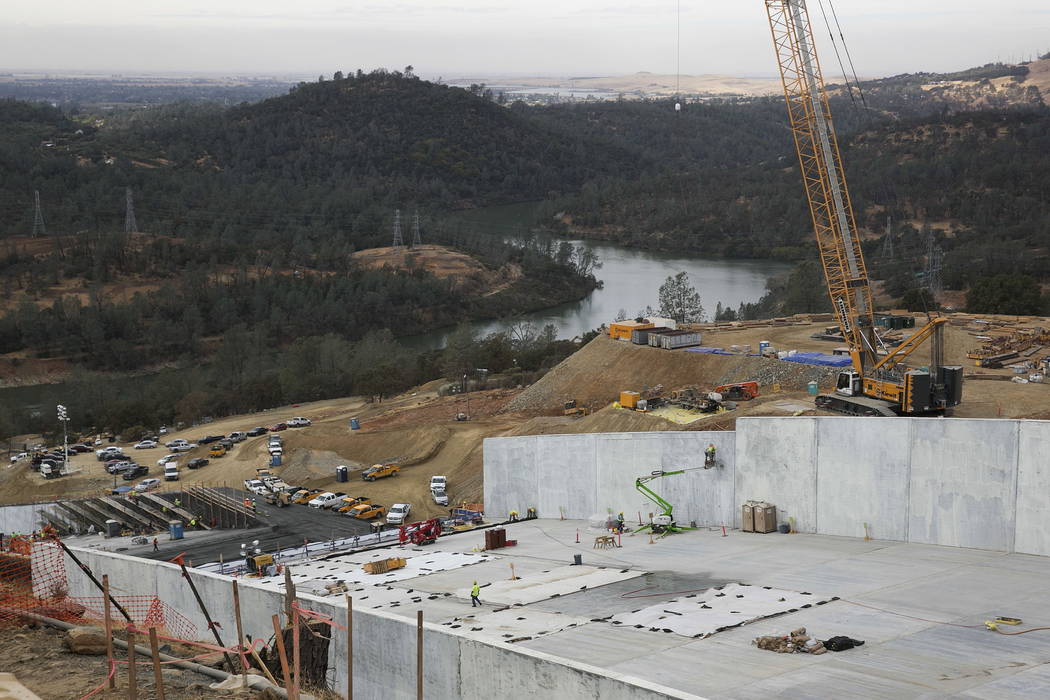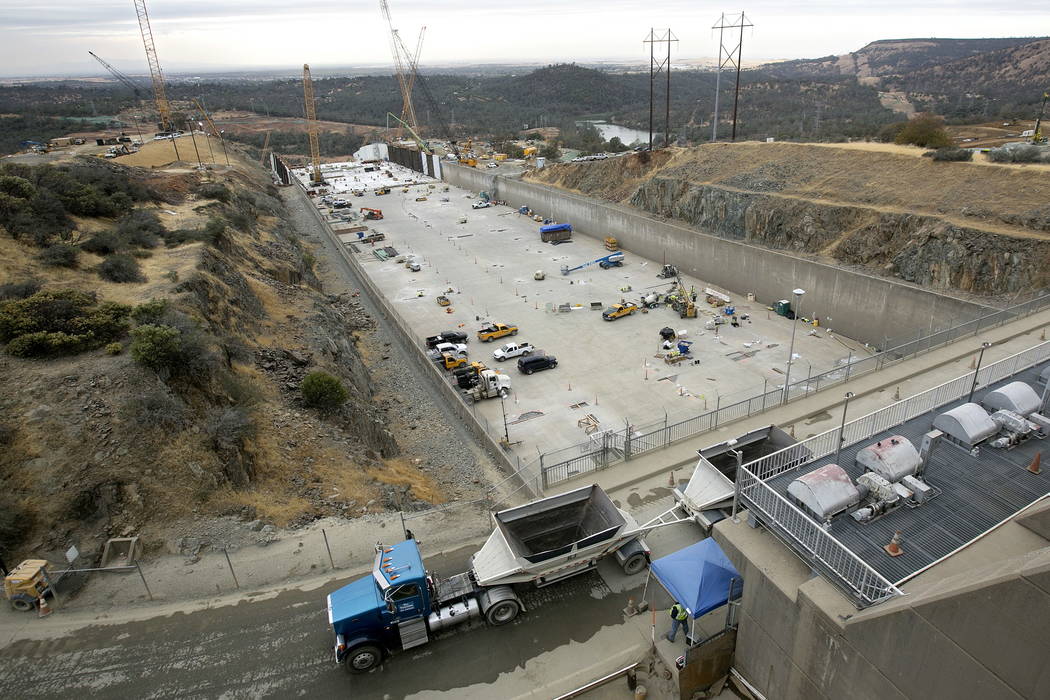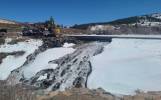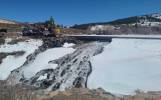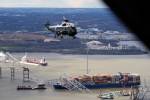Cost to fix Oroville Dam in California will top $500 million
OROVILLE, Calif. — The costs to repair the nation’s tallest dam after a nearly catastrophic failure of the spillways will top $500 million, nearly double the original estimate of $275 million, a California Department of Water Resources official said Thursday.
The $500 million figure reflects only the work by the main construction contractor, Kiewit Corp., to repair the spillways at the 770-foot Oroville Dam, said Erin Mellon, a spokeswoman for the state water agency. It excludes the costs of other contractors and the emergency response in the immediate aftermath of the spillway failure, which prompted fears of massive flooding. Nearly 200,000 were ordered to evacuate, but disaster was averted.
Construction crews are excavating unstable soil, replacing it with concrete and topping it with slabs of rebar-reinforced concrete that is anchored into the bedrock.
The project has required far more excavation and concrete than expected, said Jeff Petersen, a Kiewit vice president who is directing the project. The state has also revised plans to shore up the emergency spillway, doubling the amount of concrete it will require.
Barring a major storm or equipment failure, Kiewit’s 700 workers and subcontractors are on track to finish pouring concrete on the main spillway by Nov. 1, Petersen said. That will give the surface a month to cure and be ready for use in December.
“I don’t want to jinx it, but we’re ahead of schedule,” Petersen told reporters during a tour of the jobsite Thursday.
The cost for emergency response during the evacuation and its immediate aftermath is estimated between $140 million and $160 million, Mellon said.
State officials hope the Federal Emergency Management Agency will foot up to 75 percent of the repair bill, while the rest would likely be borne by State Water Project customers. FEMA has already reimbursed some costs for emergency response, but it’s unclear if the agency will fund the permanent repair work.
Wet winter spelled trouble
The trouble at Oroville Dam began in early February, when a massive crater opened up in the main spillway, a 3,000-foot concrete chute that releases water from Lake Oroville, California’s second-largest reservoir.
Crews shut down the spillway to inspect just as a major storm dumped a torrent of rain in the Feather River basin. With the main spillway damaged, the lake quickly filled to capacity and water began flowing over a concrete weir that serves as an emergency spillway. It had never before been used.
The water eroded the barren hillside beneath the concrete, leading to fears the weir would collapse and release a 40-foot wall of water that would swamp communities and destroy levies for miles downstream.
Repair work plans
Kiewit was hired in April to lead the repair work through Jan. 1, 2019. The company will rebuild the main spillway, place a 65-foot underground wall to stop erosion on the emergency spillway and lay concrete at least 10 feet thick between the cutoff wall the concrete weir that holds water in the lake. When the work is done next year, about a third of the 3,000-foot hillside will be lined in concrete — twice as much as originally planned.
Plans call for the entire main spillway to be demolished and reconstructed by 2019 with 2.5 feet of erosion-resistant, rebar-reinforced concrete on top of five to 13 feet of leveling concrete. About 1,200 feet of the 3,000-foot spillway will be fully reconstructed this year with the rest rebuilt next year.
Compared to the original 1960s design, the new spillway will have more rebar, stronger and thicker concrete, vinyl water stops inside of joints and a heartier drainage system — all with the concrete anchored into bedrock, Petersen said.
The scale of the project is massive, with more than 1 million cubic yards of concrete used between the main and emergency spillways. Two concrete plants were built on site. The main spillway is as wide as a 12-lane highway with sidewalls ranging from 22 feet to 30 feet tall.
Two deep crevices that were carved out by rushing water have been filled with up to 80 feet of concrete.
Mellon said the lake has been drained about 80 feet below its typical level for this time of year to provide extra storage for runoff. Since the dam was dedicated in 1969, the main spillway has only been used before Jan. 1 four times. In dryer years it’s never used at all.
“There’s a pretty significant chance we won’t even use the spillway this year,” she said.
Related
Model for Oroville dam repair is in Utah warehouse
Water again flowing through damaged Oroville spillway
Nevada, California incidents highlight vulnerability of Nevada's 650-plus dams
No dam needed for dam emergency that drew national spotlight to Nevada's Lyon County
California's price tag could be $50B for flood-control infrastructure



